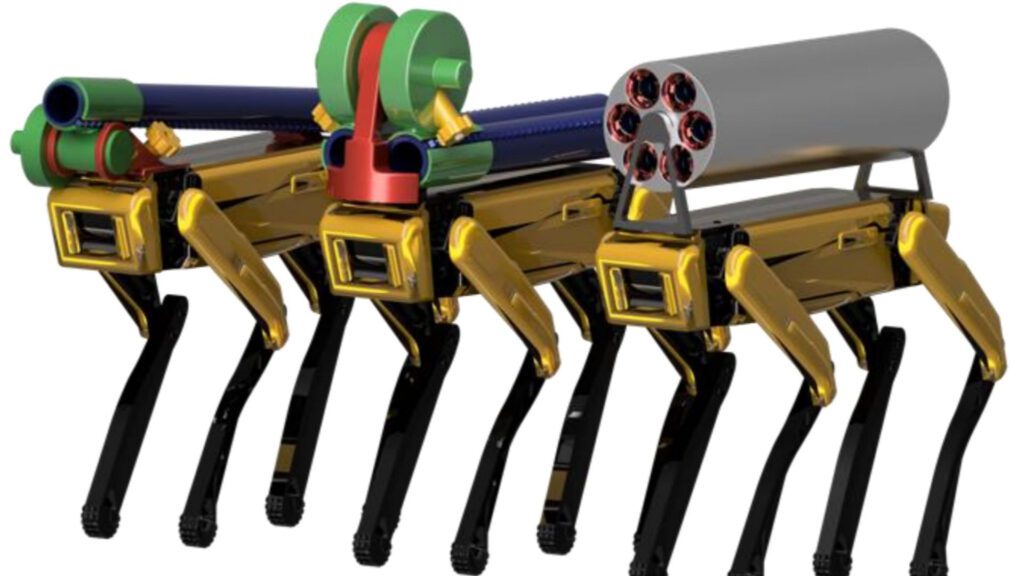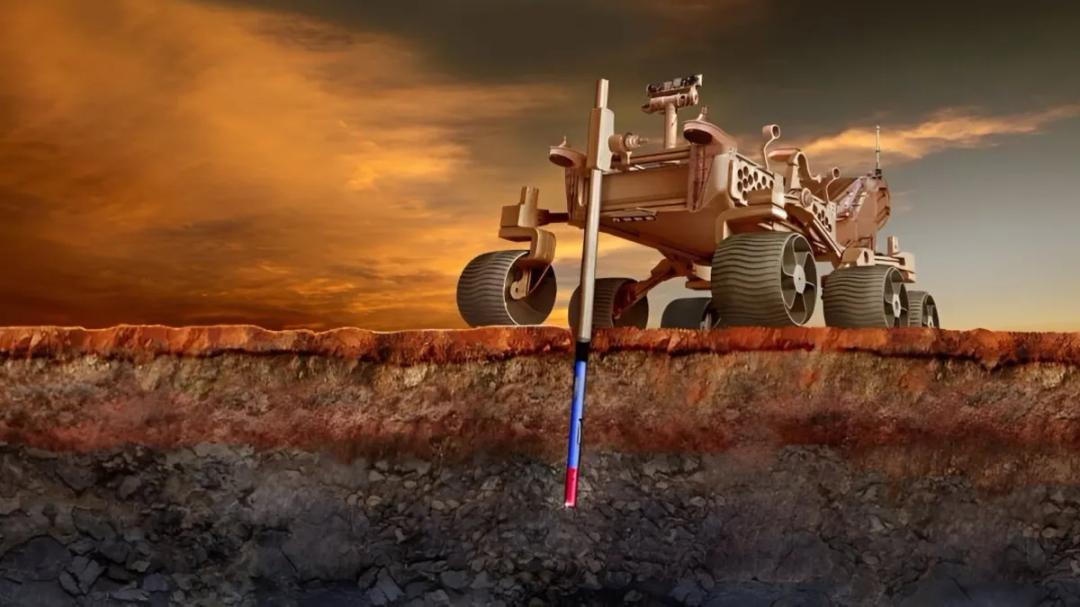Mars, the red planet, has always represented a sort of "Holy Grail" for scientists. But how can we delve into its deepest secrets without getting bogged down in the Martian sands? Maybe the Borebots can do it. Imagine a small robot, similar to a cylinder colored red and blue, making its way with its drills into the Martian soil like a curious mouse.
These little mechanical explorers could be the key to unlocking the mysteries that Mars has jealously guarded for billions of years.
The birth of the Borebots
The engineers of Planet Enterprises, a Washington-based space technology incubator, have unveiled a revolutionary concept for autonomous drills (find it here the report of the launch). Borebots are not the usual robots we see in sci-fi movies. They're small, self-contained, and designed to do one thing: dig deep into the Martian soil.
We have all pointed our telescopes at places like the south pole of Mars, hoping to learn more about its ancient water supplies and potential for life, but it's not enough to look at the surface.
And here the Borebots could really change the rules of the game. With the ability to reach unprecedented depths of around 50 meters, these robotic drillers could help us unravel even more of the red planet's hidden mysteries.
How do robot drillers work?
Traditionally, deep drilling requires complex and expensive anchoring systems. But the Planet Enterprises team thought outside the box.
Autonomous bots are able to operate independently, without the need for wires. Just over a meter long, in just 64 millimeters in diameter they house a series of self-contained components including a battery, a drill bit, a motor and an electronic system.
Rover and Borebots, marriage of interest

Imagine rovers like the Perseverance, currently exploring on Mars, or quadrupedal robots like Spot by Boston Dynamics, is deploy these Borebots. By extending a deployment tube, the rover sends a bot to the surface, kicking off the drilling process. And since these drills are dependent on battery power, their ability to drill through the Martian regolith places an emphasis on power.
With this cyclical system, the fleet of Borebots could maintain a continuous digging pace, eliminating the need for cumbersome support machinery. What if challenges arise? The engineering team has already thought about solutions, such as using Borebots “power banks” to power active ones and introducing articulated joints for branched drilling.
When will we see these robot drills in action?
While the progression of the project remains uncertain, the engineers at Planet Enterprises they are not discouraged.
Their pioneering work continues, and perhaps we could see these drills in action in the coming years. Maybe not for ESA's Mars Life Explorer mission (to search for traces of past or present life by sending a rover and lander to Mars around 2028), but for the next decade.


